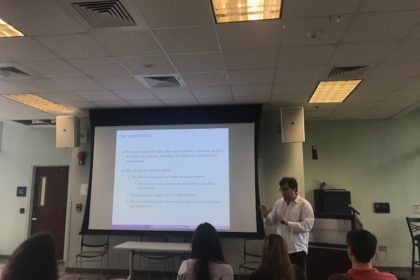
The dramatic increase in life expectancy in most developed and developing countries over the last few decades has led to renewed discussions around elderly care policy options, and the debates are expected to intensify as the ratio of elderly to working-age adults continues to rise. According to United Nations, the share of people aged 60 years or over is growing faster than all younger age groups. Older segments of the world population are expected to double by 2050 and to more than triple by 2100. In addition to these demographic shift, contemporary societies are still characterized by prevalent gender inequality. One aspect of gender inequality is the unequal intra-household division of labor, which is particularly important for the analysis of care policies: women still do most of the unpaid care work.
Brun et al (2019) develops an overlapping-generation model to analyze the economic effects of increasing elderly care needs and evaluate different care arrangements, including the prevalence of unpaid care work. They model the demand of care as being complementary to elders’ consumption. This complementarity increases over time, as retired households become older, making the demand for care more inelastic. They analyze how increasing care needs affect key economic aggregates, such as savings, the gendered provision of paid and unpaid care, and the female labor market participation. Finally, they use the model to study the effects of the secular increase in women’s labor supply that took place between the 70s and the 90s on the provision of care, and evaluate alternative social arrangements, e.g. market-based vs publicly provided care, that so far have only partially replaced the unpaid care traditionally provided by women.
The paper will be available December 2019
